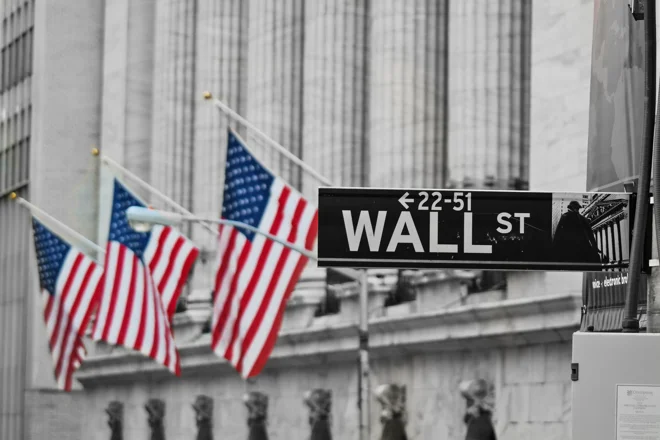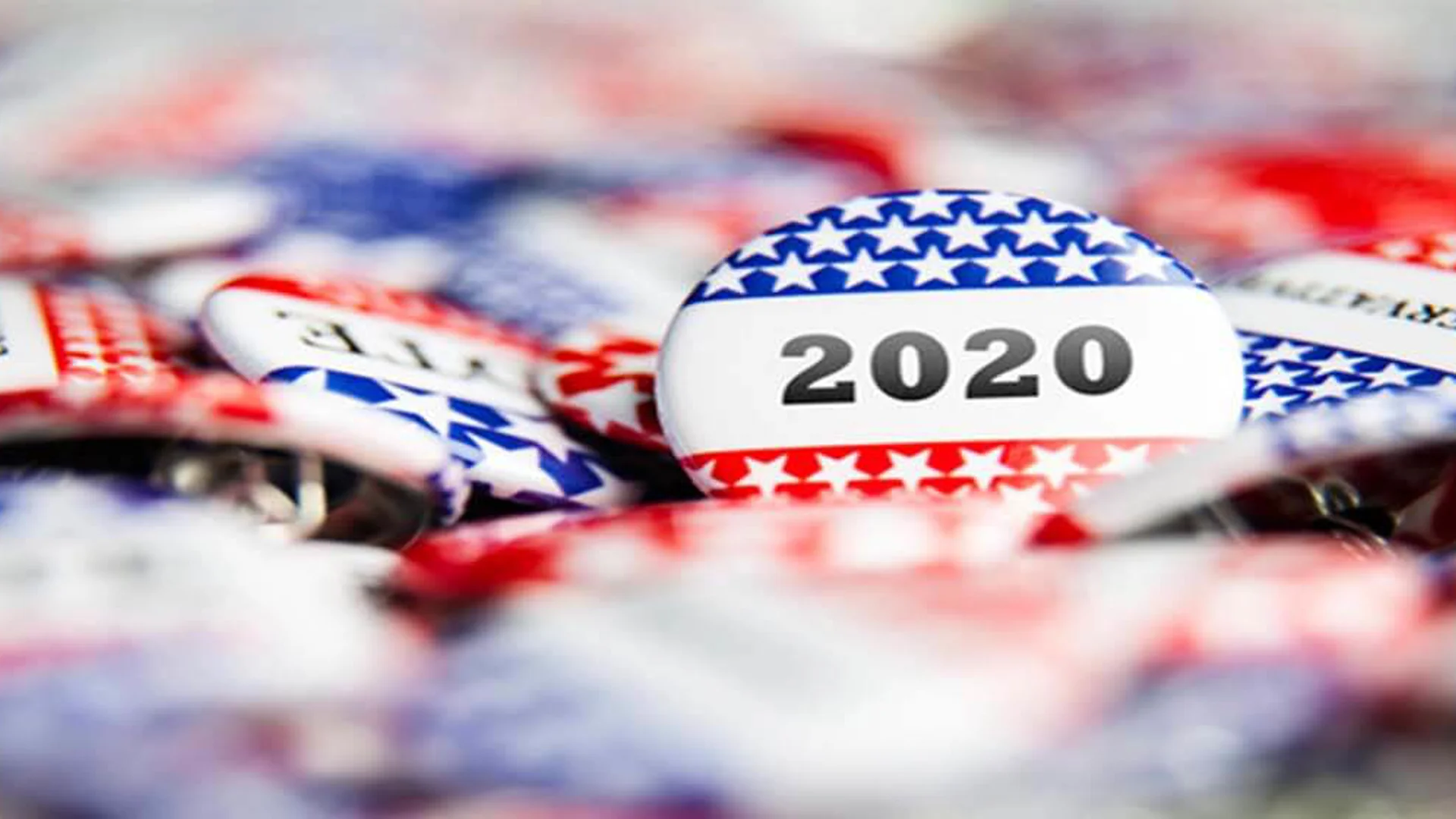WHAT YOU NEED TO KNOW
- While market participants tend to focus on whether the next US president is going to be Trump or Biden, we think the key debate is whether the elections will deliver a divided or a single-party, unified government. The former tends to bring about extended legislative gridlocks. The latter raises the possibility of significant policy change.
- A unified Trump government would seek to boost US growth via tax cuts and, depending on the extent of its majority, perhaps further deregulate the financial and energy sectors. The US dollar could hold its value or strengthen eventually. The yield curve is likely to steepen in relative terms, providing some support to banks. But, with monetary policy capping interest rates, any rise is bond yields is likely to be quite small.
- A unified Biden government would boost spending. Infrastructure and managed healthcare should benefit. However, corporate taxes would increase – a direct hit to corporate earnings. As with a unified Trump government, Fed action is likely to moderate any rate rise, so any curve steepening (and any benefit for the banks) is likely to be limited. Reform and regulation may negatively affect pharmaceuticals, the tech sector and financials.
- Polls put Biden ahead of Trump, with a possibility of the Democrats retaking the Senate – albeit with a slim majority. Cooperation among moderates is likely to be required. And, while corporate tax hikes are a negative from an earnings perspective, there are also positives from demand-boosting fiscal policies. China scepticism is a rare non-bipartisan issue.
FOUR SCENARIOS: DIVIDED VERSUS UNIFIED GOVERNMENT
While markets have understandably focused mostly on the virus outbreak, which is a critical issue from a short- term perspective, the US presidential and congressional elections matter a great deal from a longer-term point of view. The results are likely to impact the economy, financial markets and key sectors.
This is not only because they will ultimately dictate what kind of fiscal boost could be used in early 2021 to mitigate the impact of Covid-19. It also is because a Democratic sweep – the outcome polls currently forecast to be the most likely – may result in extra public investment, which could have a meaningful multiplier effect on economic growth. But it could also result in higher corporate taxes – a direct hit to earnings. In addition, Biden’s policy platform could lead to greater government involvement in healthcare and measures to fight climate change.
All 435 seats in the House of Representatives, 34 of the 100 seats in the Senate and the White House will be contested. Political cycles generate plenty of headlines everywhere. But the important issue for investors is whether there’s a divided or unified government, as this determines the likely extent of legislative gridlock versus significant policy change.
While the policy platforms aren’t fully specified, these are the four possible outcomes, which we think will have different implications for the economy and financial markets:
- Divided Red (R President, R Senate, D House): This is the status-quo scenario, which could happen if the economy rebounds from the pandemic more quickly than expected, boosting President Trump’s re-election chances. We would only see moderate near-term policy changes, perhaps including an extension of expiring tax cuts if the economy was to underperform. Fiscal policy would probably stay expansionary in a reactive fashion, US interest rates would remain range- bound and the dollar should continue to weaken gradually.
- Divided Blue (D President, R Senate, D House): With most voters believing that Biden would be more effective at managing the ongoing crisis, based on current opinions on the response to Covid-19, the Democrats take the White House Voter demand for change results in increased regulation and oversight, but not to a large extent. At the margin, this may pressure financial, energy, internet and pharmaceutical companies. US rates are unlikely to swing significantly and the dollar could depreciate modestly.
- Unified Red (R President, Senate and House): A V-shaped recovery leads Trump to a second term and the Republicans take back the House. Trade tensions with China rise further. Tax cuts become a cornerstone of federal policy once again. US GDP growth accelerates, the dollar may take some time to adjust but eventually strengthens and, given the growing deficit, bond yields rise – but only slightly, as the Fed manages to keep them at historically low levels. Sector-wise, financials and energy benefit from continued deregulation.
- Unified Blue (D President, Senate and House): Given high unemployment, voters turn to Biden and the Democrats. Spending rises and benefits infrastructure projects. Corporate taxes rise too, impacting earnings. Deficit-spending boosts economic growth and leads to an increase in bond yields – a positive for banks – but only to a slight extent, as monetary policy keeps them low. Healthcare reform is a positive for managed care organisations, but puts pressure on pharmaceuticals. Increased regulation impacts the tech sector and financials.
WHAT DO THE POLLS SAY?
Trump’s victory in 2016 came after 20 consecutive quarters of falling unemployment. Before the virus outbreak, he appeared to have a good chance of winning a second term, thanks to a rapidly growing economy. But with unemployment rife and the virus outbreak spreading again, the situation is different this time. While the evidence is far from conclusive and there are a few exceptions since 1900, no incumbent president has ever managed to win in a recession or bear-market year over the past seven decades or so.
Before Covid-19, The Economist’s election model made Trump a narrow favourite. But it now has Biden ahead. The Financial Times makes a similar prediction. Biden is now leading in the polls, seems to be doing well in battleground states like Florida, Michigan and Wisconsin, and stands a chance in Republican states such as Arizona, Georgia and Texas. He has strong support among older voters and is performing better than expected among white voters who did not go to college.
Apart from the path and pace of the virus, there are several events over the summer that could have an impact on voter intentions and swing things one way or the other.
The most important ones are Biden’s choice of running mate, which could come before the end of the month or in early August, the Democratic Convention on 17-20 August and the Republican Convention on 24-27 August.
All re-election bids are to a large extent referendums on the incumbent – this one is no exception. History reminds us that predictions are often unreliable. There is a long time to go until November and the past decade, if anything, has shown that unlikely events happen more frequently than one would have thought a priori. If the virus recedes and the economy rebounds, then Trump’s chances may improve. If it’s still rampant and states have not organised themselves for voting by mail, a low turnout could deliver a surprising result.
Importantly, in order to put in place lasting change through the federal government, the Democrats would need a majority in the Senate as well as the presidency and control of the House of Representatives. That requires them to win three or more of the 23 Republican-held Senate seats being contested. A few months ago that looked like a long shot. Today’s polls make it look more plausible. That opens up the chances of a more productive presidency. But the odds aren’t that much better than fifty-fifty.
PRESIDENT BIDEN: WHAT TO EXPECT
Biden’s campaign website is a collection of many policy plans, most of which would probably struggle to materialise even if he were to win. Much of it is typical of the Democratic Party’s policy agenda in recent years: a higher minimum wage, protection for unions, reform of bankruptcy and campaign-finance laws and so on. Five policy themes stand out as important for financial markets. The first one (higher corporate taxes) seems easier to do, and more near term. Bringing about significant change in the remaining four areas (infrastructure, healthcare, sustainability and China) would require a considerable period of negotiation and are more medium-term objectives:
- Higher corporate taxes: Biden plans to restore the top marginal income-tax rate to 39.6% for those making over USD 400,000 and to partially reverse Trump’s corporate-tax cuts, raising the rate from 21% to 28% (before Trump, this was higher, at 35%). Such measures can be passed as part of a “reconciliation bill”, which only requires a simple majority. Simply winning the Senate, though, is not enough for broader changes. This is because 60 votes out of 100 are needed to overcome filibustering, and this applies to almost all other policy areas.
- Extra infrastructure spending: Despite increased corporate taxes, budget deficits should remain wide, as rising taxation will likely be paired with infrastructure as well as other spending programmes. The Biden campaign outlines a programme to both restore a depleted infrastructure across the country and create associated job and training opportunities. There is also a commitment to build greener and more connected public transport.
- A public option for healthcare: This would allow US citizens to buy health insurance from a government-run plan. Biden also wants to lower the Medicare eligibility age from 65 to 60. These two steps could significantly change US healthcare over time: the public option could become large and inexpensive enough that employers and employees see it as an effective complement to private insurance.
- A key focus on sustainability: Biden wants to pass legislation to bind the US to reaching net- zero emissions by 2050. The campaign says that he will seek to make polluters pay via an “enforcement mechanism”, which could be a carbon tax. Separately, it looks as if there’s going to be a significant push to encourage a shift to electric vehicles over time, presumably via a variety of fiscal and other incentives.
- Different style, same substance on China: Biden’s return to multilateral engagement in foreign policy is likely to be welcome by the US partners. It may perhaps bring an improvement when it comes to EU relations. Yet tensions between the US and China will probably persist, ranging from trade to tech and geopolitics. This is because scepticism about China has been rising on a bipartisan basis for years. Therefore, we suspect that a Biden win would not ultimately bring meaningful change to the substance of US-China relations, although the communication style may be different.
COVID-19 WATCH
Globally confirmed cases of Covid-19 now exceed 14.3 million, up from approximately 12.7 million seven days previously.
With cases in the US surpassing 3.7 million and deaths, unfortunately, climbing beyond 140,000, we take a deeper look into the US hospitalisation data to identify the states most likely to trigger further significant economically damaging lockdowns.
Using data compiled by Goldman Sachs, and derived from a number of public sources, we analyse two measures. First, we consider each state’s ability to control the spread of Covid-19. Rather than use the effective reproduction number (R number), we take into account imperfect testing and therefore utilise the percentage of positive results. Across the US, the proportion of Covid- 19 tests yielding a positive result is 8.8%, up 0.8 percentage points from two weeks prior. We reason that states with a high percentage of positive results may be testing too few individuals and are therefore failing to adequately track, monitor and contain Covid-19. This could lead to more infections and increase public and political pressure to (re)implement lockdowns.
Second, we consider each state’s healthcare resources to respond to known cases of Covid-19, which we proxy with the available capacity in hospitals’ intensive care units (ICU). Across the US, available capacity averages 35%. We suggest that in states where available healthcare resources are limited, standards of care may drop, leading to an increase in public and political pressure to (re)implement lockdowns.
To identify at-risk states, we compare these two measures with a bubble chart, with the size of each bubble representing each state’s contribution to US GDP, using the official figures from the US Department of Commerce.
States in the bottom-right quadrant are in the unenviable position of having lower than US average capacity available in their ICUs and also are witnessing a higher than US average positive test rate.
On this measure, the most at-risk state is Arizona, marked in yellow. We also highlight in blue and from left to right, Georgia, Texas and Florida. All three of these states score poorly on our measure and each is a top 10 contributor to US GDP, representing approximately 17% of the US’s economic output.
With US Covid-19 healthcare data seemingly deteriorating, particularly in several southern states, as investors we must consider a number of complex factors. First, with the US economically reeling from lockdown- induced unemployment and economic contraction, the political bar for reintroducing widespread social distancing measures is higher than it was earlier in the year. Therefore, it is likely that any negative economic consequences will be less severe during the renewed surge.
Second, multiple medical trials for vaccinations and treatments are entering their final stages having passed initial human testing. Even a partially effective vaccination would provide financial markets with greater clarity on the likely path for economic growth, reducing uncertainty premiums, and driving risk assets higher. For now, we are comfortable with a moderate “risk-on” position within our tactical asset allocation, which includes overweight allocations to euro high yield credit, emerging market sovereign dollar-denominated debt, and healthcare and technology equities.
Authors:
Daniele Antonucci - Chief Economist & Macro Strategist
James Purcell - Group Head of ESG, Sustainable and Impact Investing
Bill Street - Group Chief Investment Officer





